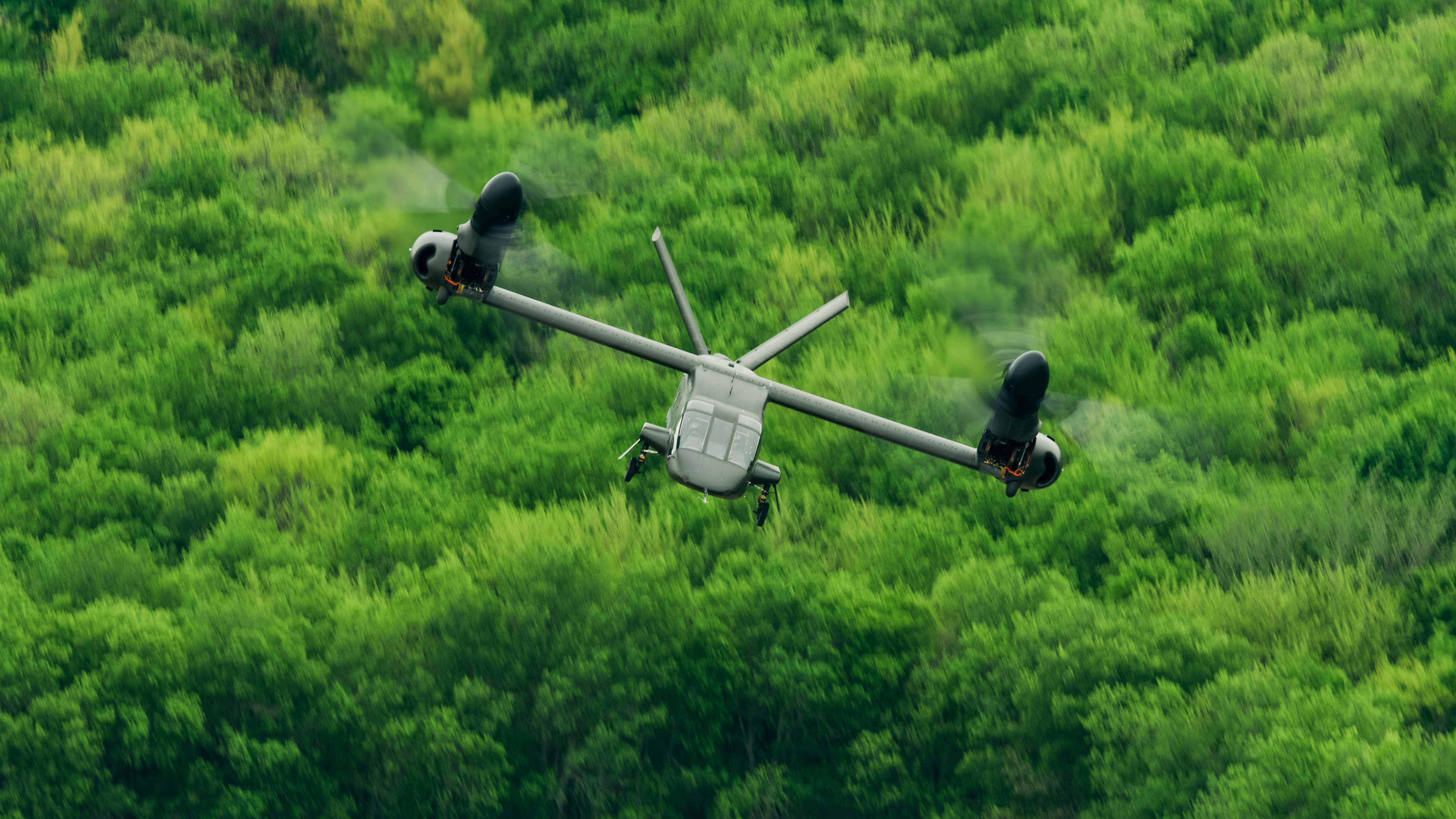WASHINGTON — Bell’s future vertical lift technology demonstrator, the V-280 Valor tiltrotor, has finished its flying career, according to a June 24 company announcement.
The demonstrator was built for the U.S. Army Joint Multi-Role Technology Demonstrator program and flew for the first time in December 2017. It spent the last three-and-half years proving out the service’s requirements for a future long-range assault aircraft, or FLRAA.
The service continued flying the demonstrator beyond the JMR program in a two-phase competitive demonstration and risk-reduction effort.
Bell will continue into the second phase of the risk-reduction effort “to provide initial preliminary designs for major subsystems and the conceptual weapons system, based on data-proven performance that ensures transformational capabilities will be delivered in line with the Army’s schedule,” the company said in its statement.
The Army is close to releasing its request for proposals for FLRAA that will kick off the official program of record. Bell is expected to compete against a Sikorsky-Boeing team that also flew a JMR technology demonstrator — the SB-1 Defiant coaxial helicopter.
The service is on a path to procure two new vertical lift aircraft by 2030, pursuing a future attack reconnaissance aircraft, or FARA, in addition to FLRAA. Bell and Sikorsky are competing against one another in the FARA competition, and each is building an aircraft for a first flight in fiscal 2022.
Although Bell’s first V-280 technology demonstrator is retiring, the technology and lessons learned from the first aircraft will live on in the company’s solution that will be submitted for the FLRAA competition.
Over the demonstration and risk-reduction phase, the V-280 flew more than 214 hours and showed off low-speed agility and long-range cruise capabilities, and reached a maximum 305-knot cruising speed. The Army’s threshold requirement is expected to be in the 230- to 250-knot range for the FLRAA program of record.
Five Army experimental test pilots have flown the V-280 over 15 sorties, according to the company statement. The company used feedback from Army pilots, mechanics and infantry squads to help inform design plans.
Also through the V-280 program, Bell provided “extensive” data explaining how its aircraft, through the incorporation of a modular, open-systems approach, brings efficiency to a future program.
“We have come a long way since we started our journey eight years ago. We made commitments, we safely executed our program on time, and we validated our performance claims and the accuracy of our digital models through flight demonstrations,” Ryan Ehinger, Bell’s vice president and program director for FLRAA, said in the statement. “Ultimately, the Army doesn’t send warfighters into battle riding in the back of digital models and so we thought it was important to bring that physical proof.”
“The FLRAA challenge presented by the U.S. Army was unattainable using helicopter configurations. They have been clear about the need to modernize and field transformational capabilities,” Keith Flail, Bell’s executive vice president of advanced vertical lift systems, said in the statement. “We assessed several vertical lift technologies and determined the tiltrotor to be the only solution to the agility, range, and speed requirements of a Long-Range Assault Aircraft that can meet the cost, timeline, and risk profile required for a successful acquisition program.”
Jen Judson is an award-winning journalist covering land warfare for Defense News. She has also worked for Politico and Inside Defense. She holds a Master of Science degree in journalism from Boston University and a Bachelor of Arts degree from Kenyon College.







